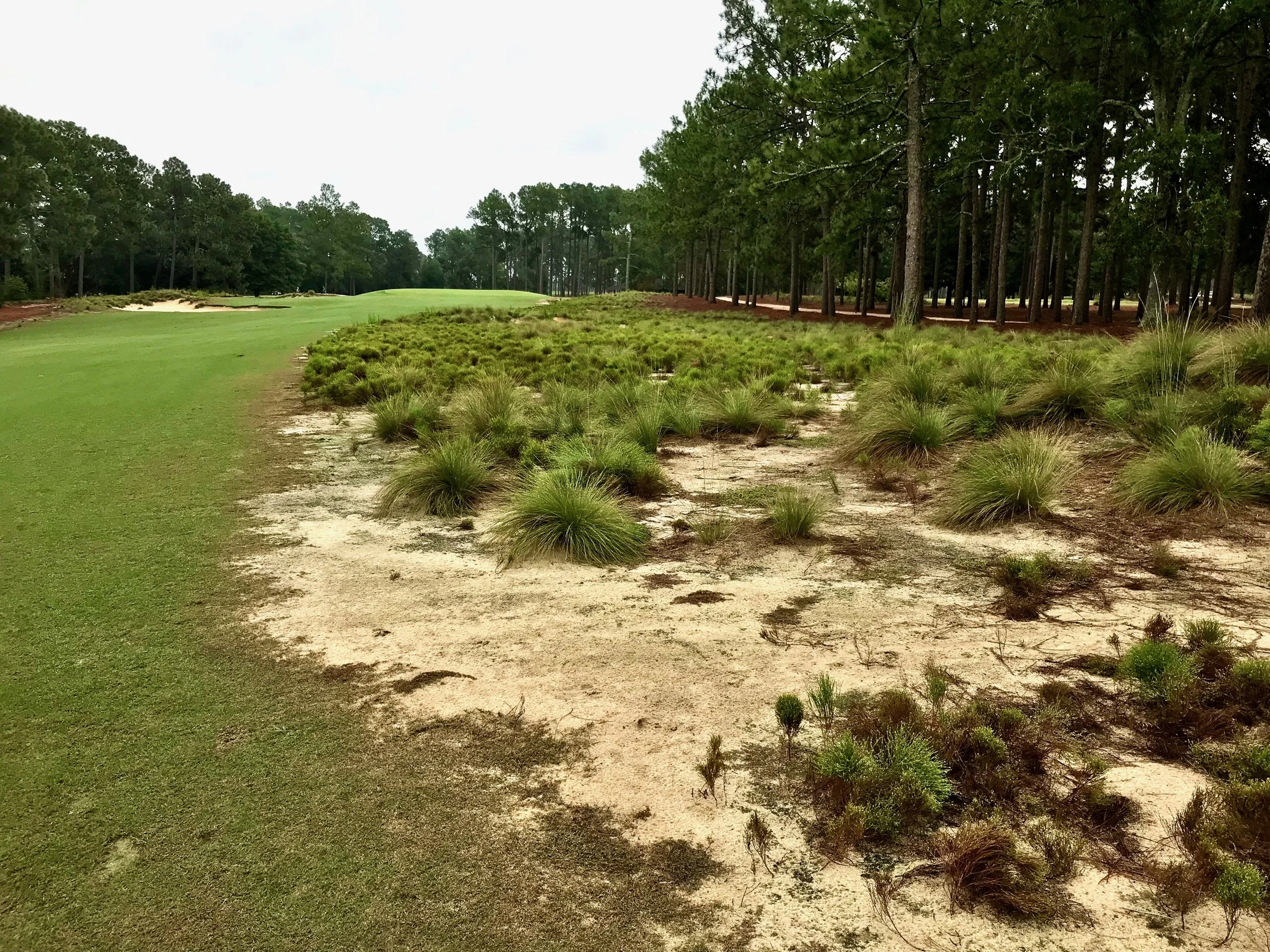Deciding No. 10’s designer was a moment that cried out for boldness. Instead, Pinehurst blinked.
Stories
Will Bardwell
Imagine building 26 golf courses at the height of the golf development bubble, with nine figures in public pension money — in an effort that now loses money year after year. Welcome to the Robert Trent Jones Golf Trail.

Stories
Will Bardwell
In theory, 12-hole designs should be cheaper to play, build, and maintain. But in the staid industry of golf course development, there’s been no rush to test the theory. The minds behind Sweetens Cove are ready to change that.

Stories
Will Bardwell
Rob Collins had one shot. At Sweetens Cove, he took it — and he bet on himself over and over again. Somehow, impossibly, it worked.

Pros
Will Bardwell
Waking up at 1:30 a.m. to watch golf isn’t conducive to work, or anything else really. But it’s become my favorite TV viewing experience of the year.









